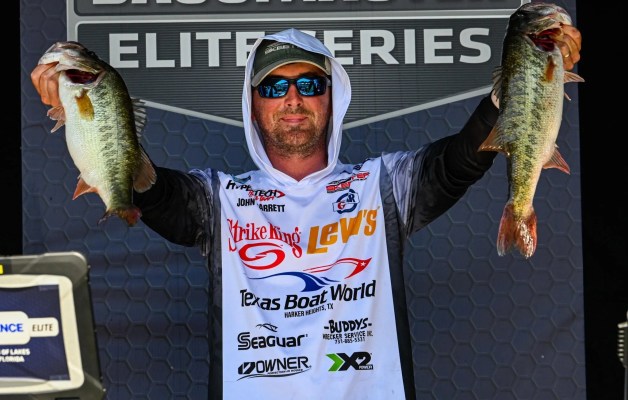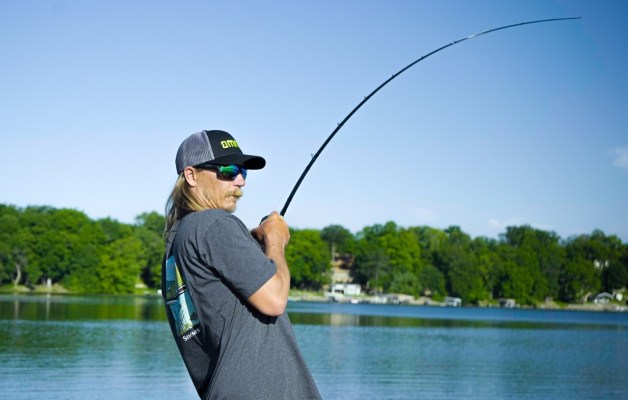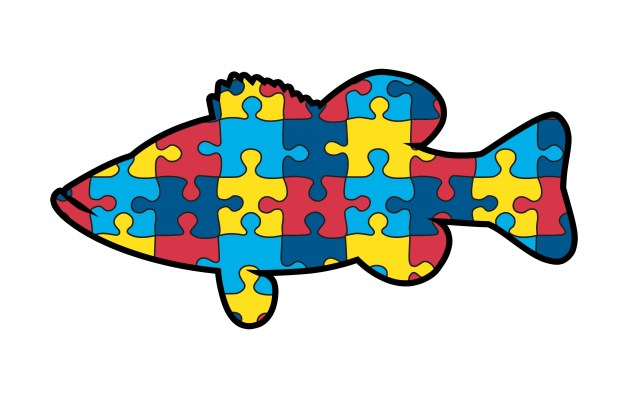A couple of years ago I wrote a story about the Bassmaster Elite Series anglers who had established themselves as "big bass fishermen" — the guys you could expect to show up at the scales with big fish. It was an interesting research project, and one that taught me quite a bit about who really catches big fish.
At the time, Kelly Jordon was the clear winner. KJ had more tournament big bass and more daily big bass than anyone, and that gave him the undisputed title of best big bass angler among the Elites. It made sense, too, since he's a good sight fisherman (and therefore strong early in the year when the giants are bedding) and really kicks things into gear in the summer (catching good fish in heavy vegetation or on offshore structure).
But that was a few years ago and there have been quite a few Elite events since. More data means better data, right? And I wanted to see where things stood.
The Elite Series is now seven years old and there have been 65 Elite tournaments held all across the United States in the spring, summer and fall. That's more than 250 days (discounting cancellations due to inclement weather) to sift through and reach some conclusions. I had some assumptions confirmed, but better yet I had some surprises, and I live for those.
Here's what I found.
The myth of Day 1
Going into this research, if you had asked me which day of the tournament will the biggest bass be caught, I'd have told you it would be Day 1 — hands down and without a doubt. I'd have guessed that about two thirds of all tournament big bass are caught on the first day.
I had two rationales for that conclusion. First, the opening round is when the fish are "freshest." They haven't been picked over as much as on the other three days of competition. This is especially critical in early season events when the anglers are sight fishing for bedding bass. The first competitor to a giant female on a bed usually catches her, and those are the fish that take big bass prizes.
Second, there are more anglers on the water for the first two days than the last two. The full field fishes Day 1 and Day 2 before being cut in half on Day 3 and to just 12 anglers on Day 4. That would give a huge edge to the first two days.
Pretty good reasoning, right? The only problem is that I was wrong.
Actually, I'm still pretty certain about that second point, but I was dead wrong about the first. Day 1 is not the day when most big bass of the tournament are caught. It's Day 2 … but just barely.
In 65 Elite tournaments, here's how big bass of the tournament played out:
Day Percent
1 36%
2 37%
3 17%
4 10%
That was a shocker to me, and I have no explanation for it.
In defense of Day 1, the average big bass caught that day is a little bigger than the average big bass on Day 2, but it's less than one half of one percent, so it's negligible. The real differences in average big bass size come on Days 3 and 4.
Day Average Big Bass
1 7.51
2 7.48
3 6.84
4 6.26
So, as you can see, the size of the daily big bass get smaller as the tournament progresses, which is exactly what you'd expect. More anglers on the first two days mean more and bigger bass are being caught. Cut the size of the field and you cut the chances of big bass being caught even though you're keeping the most successful anglers on the water.
Next time I'll answer the question: Who is the best big bass angler among the Elites? Hint: Kelly Jordon has lost his title.





